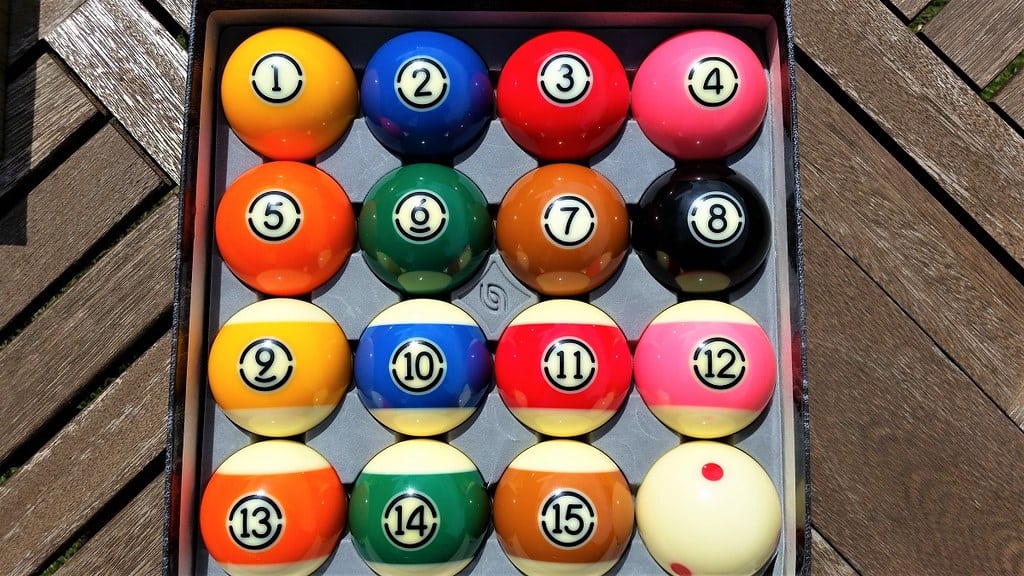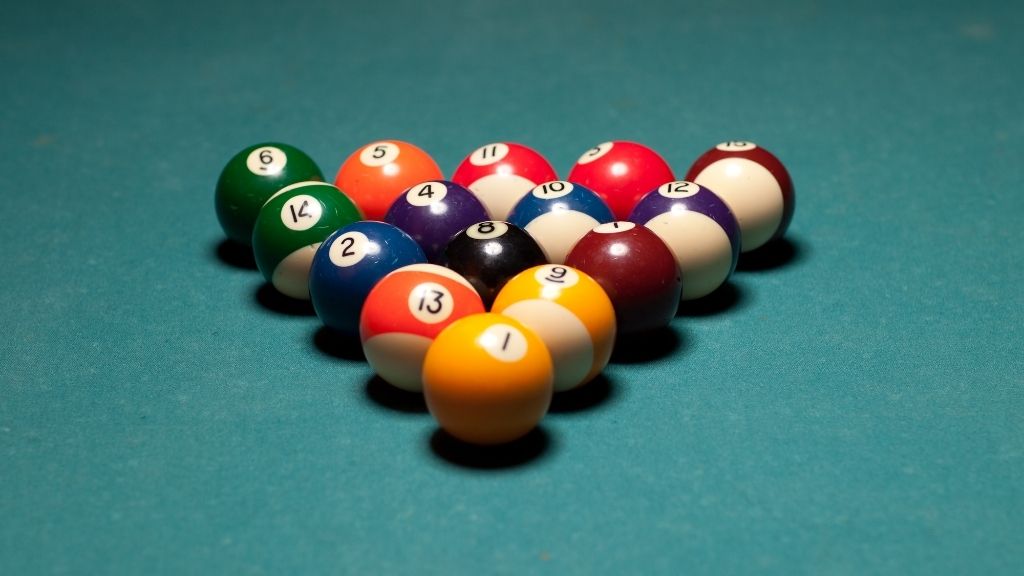Are you tired of playing with pool balls that chip, crack, or roll inconsistently, ruining your game? Knowing how to distinguish authentic Aramith pool balls from imitations is crucial for any serious player or pool hall owner seeking quality and durability.
Aramith pool balls have earned a stellar reputation as the "gold standard" in the billiards world. Crafted from phenolic resin, these balls are renowned for their exceptional durability, resistance to chipping and cracking, and consistent roll. This ensures a true and predictable playing experience, essential for both casual enjoyment and competitive play. The longevity of Aramith balls also offers significant value, as they withstand the rigors of frequent use far longer than cheaper alternatives. But with their popularity, comes the unfortunate reality of counterfeits. Learning to identify genuine Aramith balls is an investment in your game, ensuring you get the performance and lifespan you expect.
| Feature | Description | Importance |
|---|---|---|
| Material | Phenolic Resin: Aramith balls are made from high-quality phenolic resin, a synthetic material prized for its strength and durability. | Ensures balls resist chipping, cracking, and maintain their shape, offering a consistent roll and long lifespan. |
| Logo and Markings | Distinctive Aramith Logo: Authentic Aramith balls are clearly marked with the Aramith logo, typically printed on the ball's surface. Examine the logo for clarity and precision. | Indicates the manufacturer and guarantees the ball is made to Aramith's exacting standards. Beware of blurred or poorly printed logos. |
| Numbering Style | Standard vs. Premier: The placement of the numbers can indicate the model. Numbers in the stripes typically denote standard Aramith balls, while numbers in the white parts of the ball indicate a premier set. | Helps determine the specific Aramith model, which may offer different performance characteristics. |
| Color and Finish | Consistent Color: Genuine Aramith balls maintain a consistent color and a smooth, polished finish. Beware of variations in color or a dull appearance. | Aesthetics are a sign of the quality of the resin used to create the ball. |
| Weight and Dimensions | Precise Weight and Diameter: Aramith balls adhere to strict weight and diameter specifications. Use a scale and calipers to verify these measurements. | Ensures fair play and a consistent feel during gameplay. |
| Box and Packaging | Branding on the Box: Aramith balls are packaged in clearly marked boxes with the Aramith brand name prominently displayed. | Packaging is an indicator of a premium product. Be wary of generic or poorly printed boxes. |
| Visual Inspection | Sharpness of Lines and Dots: The lines and dots on Aramith balls are sharp and precise. Fuzzy or uneven markings are red flags. | A sign of quality manufacturing. Uneven markings can affect the ball's roll and accuracy. |
| Resistance to Heat and Chemicals | Avoid harsh cleaners: Be careful when cleaning pool balls. Harsh chemicals can affect the performance and appearance of the balls. | Avoid the dishwasher, as heat can damage the finish. |
For more in-depth information and verification, visit the official Aramith website: Aramith Official Website
The history of pool ball manufacturing is complex, with various materials and methods employed over the years. Understanding this background can help in identifying vintage or rare pool balls. Initially, materials such as ivory were used, but these were later replaced by more durable and cost-effective alternatives like cellulose and phenolic resin. Knowing the evolution of materials provides clues in determining a ball's age and authenticity. Furthermore, the relationships between manufacturers, like the long-standing business relationship between Aramith and Saluc (the parent company), sheds light on production methods and the consistent pursuit of quality.
When looking to identify authentic Aramith pool balls, pay particular attention to the details. Genuine Aramith balls will feature the company's logo clearly printed on them. The numbers on the balls provide a key clue. If the numbers are within the colored stripes, you're likely looking at an Aramith standard set. If the numbers are placed on the white parts of the ball, you're dealing with an Aramith Premier set, which usually signifies a higher-quality set.
The evolution of pool ball manufacturing has led to the dominance of phenolic resin, particularly Aramiths blend. This material's exceptional durability makes Aramith balls less prone to chipping and cracking, which translates to a longer lifespan and a more consistent roll. The phenolic resin used in Aramith balls makes them resistant to the heat of a dishwasher, and using abrasive cleaners such as Windex will ruin the finish of the balls. These qualities set Aramith apart and justify its position as the gold standard.
The packaging of the balls can also be a tell. Aramith balls come in clearly marked boxes, and the brand name will be displayed throughout. Be sure to carefully inspect the balls in their box, as the contents of the box does not always guarantee the balls are authentic Aramith balls.
The visual aspects are important. Look at the lines, the dots, and the color. They should be sharp and precise, which is a sign of quality manufacturing. Be wary of fuzzy or uneven markings. Pay attention to the numbering styles as well. The "9" on an authentic Aramith set will have a straight underline, while the "5" will have a distinct shape. These details, though small, can be critical in identifying a genuine Aramith set.
The cue ball, because it is used in every shot, will tend to wear out the fastest, while balls like the 15 are struck less frequently. The cue ball will be the first to show signs of wear. This is normal, but it highlights the importance of choosing a high-quality ball from the start.
Understanding the composition of the resin used in Aramith balls is vital for appreciating their quality. Phenolic resin is engineered for durability and consistent performance, allowing for a more predictable roll and reducing the need for frequent replacement. When inspecting a set, assess the weight, roundness, diameter, and color of the balls. The composition of the resin itself plays a role in the performance of a pool ball.
Some pool table owners might initially buy an economy set of balls, and upgrade later to an Aramith set. Often, the old balls end up in the Aramith box, which is a very common occurrence. These balls might look fine initially, but the differences in quality become apparent after a few hours of play. Be sure to inspect the balls themselves, not just the box they come in.
As you delve into the world of pool balls, you'll find that knowing the history and the evolution of their materials is incredibly helpful in identifying vintage or rare balls. In the early days, balls were made from a variety of materials. These variations can be indicators of the age and the authenticity of a particular ball. Knowing the background of the industry helps enthusiasts understand how to distinguish between the various types of balls.



Detail Author:
- Name : Santos Koss IV
- Email : legros.mallory@towne.com
- Birthdate : 1991-03-04
- Address : 55454 Russel Branch Suite 865 Nicolashaven, AR 05393-0321
- Phone : +1-256-683-2997
- Company : Hessel, Borer and Schultz
- Job : Petroleum Engineer
- Bio : Soluta sed eum ut asperiores quaerat. Numquam quis temporibus est. Aut aut possimus rerum sit.